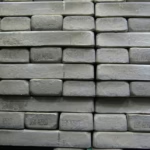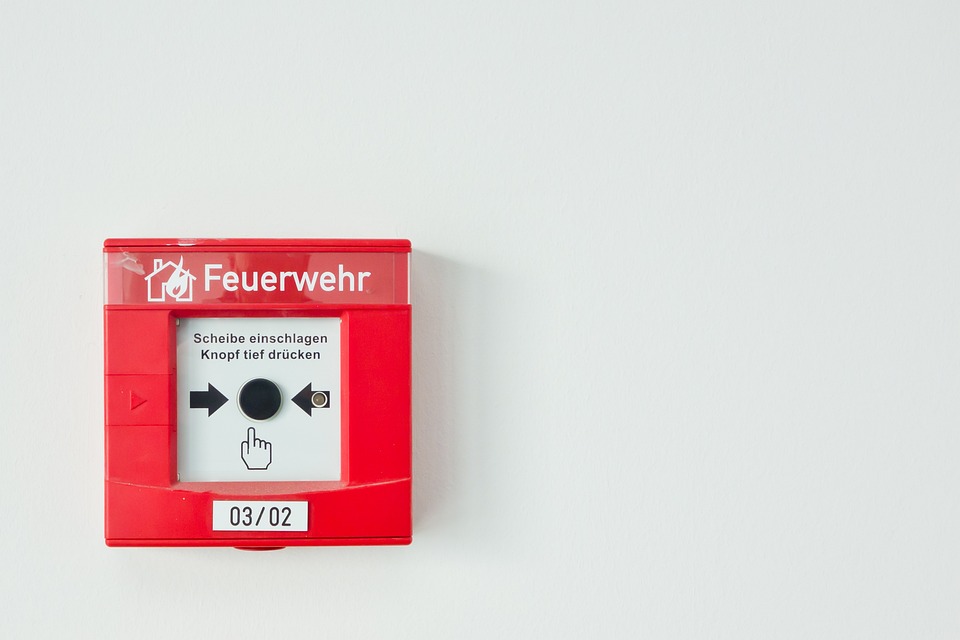From Kidneys to Bladder: A Comprehensive Guide to Urinary Function
Introduction
The human urinary system plays a critical role in maintaining homeostasis, regulating fluid balance, electrolytes, and the removal of waste products from the body. This guide aims to elaborate on the intricate functions of the kidneys and bladder, their anatomy, physiological processes, and their significance in overall health.
Anatomy of the Urinary System
The Kidneys
The kidneys are two bean-shaped organs located retroperitoneally on either side of the spine. Each kidney measures about 10-12 cm in length and weighs approximately 150 grams.
Structure of the Kidneys
The kidney’s anatomy can be divided into two main regions: the renal cortex and the renal medulla.
- Renal Cortex: The outer layer, responsible for filtering blood and containing nephrons, the functional units of the kidney.
- Renal Medulla: The inner layer, structured into pyramidal shapes called renal pyramids which consist of the collecting ducts and loops of Henle.
The Nephron
The nephron is the basic structural and functional unit of the kidney. Each kidney contains about one million nephrons, each composed of:
- Bowman’s Capsule: A cup-like sac that encases the glomerulus.
- Glomerulus: A network of capillaries where blood filtration begins.
- Proximal Convoluted Tubule (PCT): A coiled tubule where reabsorption of water, ions, and nutrients occurs.
- Loop of Henle: A long U-shaped tube that concentrates urine and conserves water.
- Distal Convoluted Tubule (DCT): Further adjusts the composition of urine.
- Collecting Duct: Final site for urine concentration before it moves to the bladder.
The Ureters
The ureters are muscular tubes that transport urine from the kidneys to the bladder. Each ureter measures about 25-30 cm in length. The walls of the ureters are made of smooth muscle which contracts in waves (peristalsis) to propel the urine.
The Bladder
The bladder is a hollow muscular organ that stores urine before it is excreted.
Structure of the Bladder
- Detrusor Muscle: The primary muscle that makes up the bladder wall. Its contraction facilitates urination.
- Trigone: The triangular area at the base of the bladder, marked by the openings of the two ureters and the urethra.
- Urethra: A tube that carries urine from the bladder to the outside of the body. The length and structure of the urethra differ between males and females, with males having a longer urethra.
Physiology of Urinary Function
Kidney Function
The kidneys perform three essential processes: filtration, reabsorption, and secretion.
Filtration
Blood flows into the kidneys through the renal artery and enters the glomerulus. Here, water, ions, and small molecules are filtered out of the blood into the Bowman’s capsule to form filtrate. Larger molecules, such as proteins and blood cells, remain in the bloodstream.
Reabsorption
Most of the filtrate eventually gets reabsorbed back into the bloodstream. In the PCT, a significant amount of water, sodium, potassium, glucose, and amino acids are reabsorbed. In the Loop of Henle, further water reabsorption occurs, allowing for the concentration of urine.
Secretion
In addition to reabsorption, specific wastes, toxins, and excess ions are secreted into the tubules, further refining the urine composition.
Bladder Function
The bladder’s primary function is to store urine until it is released through urination (micturition).
Storage Phase
During this phase, the bladder fills with urine, and the detrusor muscle remains relaxed, allowing for maximum storage capacity.
Micturition Phase
When the bladder reaches a certain capacity (typically around 300-500 mL), stretch receptors in the bladder wall send signals to the brain, prompting the urge to urinate. The detrusor muscle contracts, and the internal urinary sphincter relaxes, allowing urine to flow through the urethra.
Hormonal Regulation of Urinary Function
Several hormones play vital roles in regulating kidney function and urine formation:
Antidiuretic Hormone (ADH)
ADH, produced in the hypothalamus and released by the posterior pituitary gland, promotes water reabsorption in the collecting ducts, reducing urine volume.
Aldosterone
Secreted by the adrenal glands, aldosterone increases sodium reabsorption in the DCT and collecting ducts, which in turn promotes water retention and increases blood volume.
Atrial Natriuretic Peptide (ANP)
ANP is released by the heart’s atria in response to increased blood pressure. It inhibits aldosterone, promoting sodium and water excretion to lower blood pressure.
Common Urinary Disorders
Chronic Kidney Disease (CKD)
CKD is a progressive loss of kidney function over time due to factors like diabetes, hypertension, and glomerulonephritis. Early detection and management are crucial to slowing progression.
Urinary Tract Infections (UTIs)
UTIs can occur when bacteria enter the urinary system. Symptoms include frequent urination, burning sensations, and foul-smelling urine. UTIs are more common in women due to the shorter urethra.
Incontinence
Incontinence refers to the involuntary leakage of urine and can result from various factors, including age, pregnancy, neurological disorders, and prostate issues in men.
Kidney Stones
Kidney stones are mineral deposits that form in the kidneys, becoming painful when passing through the ureters. They can be caused by dehydration, dietary factors, or metabolic conditions.
Lifestyle Factors Affecting Urinary Function
Hydration
Adequate hydration is essential for optimal kidney function, influencing urine concentration and helping to prevent kidney stones and urinary infections.
Diet
A balanced diet rich in fruits, vegetables, and whole grains supports kidney health, while excessive salt, sugar, or animal proteins may lead to various urinary disorders.
Exercise
Regular physical activity helps maintain a healthy weight and manage conditions like hypertension and diabetes, positively impacting urinary function.
Conclusion
Understanding the complexities of urinary function from kidneys to bladder is vital for appreciating the role of these organs in overall health. Regular check-ups, a balanced diet, and hydration can support urinary health. Through early detection and lifestyle modifications, many urinary disorders can be managed effectively, ensuring that the urinary system functions optimally throughout life.
This article provides a comprehensive overview of urinary function, emphasizing the interconnected roles of the kidneys and bladder, their anatomy and physiology, hormonal regulation, common disorders, and lifestyle factors that can influence urinary health.
























Add Comment